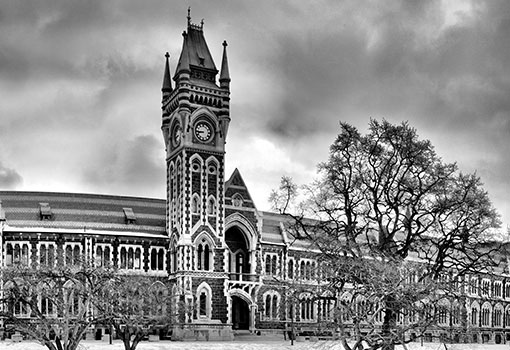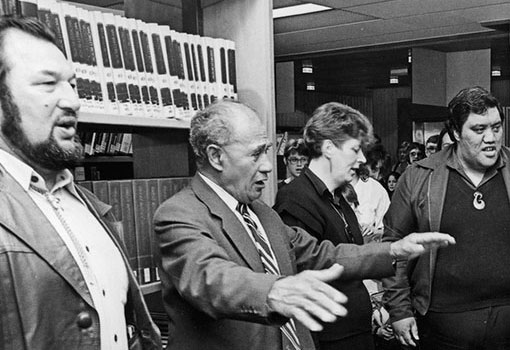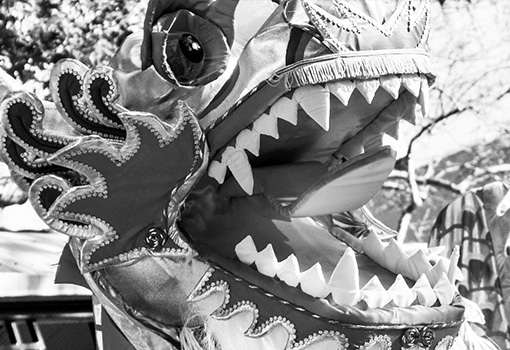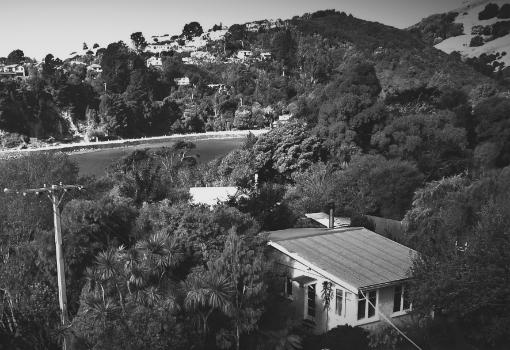
Bringing Pacific’s artists to the world
By ODT | Posted: Friday Dec 15, 2023
Pacific Arts Aotearoa brings together the stories of more than 120 artists, curators and community voices spanning six decades involved in New Zealand’s Pacific arts including weavers, tapa makers, sculptors, resisters, quilters and singers. Among them are artists with Otago-Southland connections Lyle Peninsula, Graham Fletcher, Pauline Vaeluaga Smith, Jonathan Lemalu and Marama T-Pole.
Full Article with Images: Bringing Pacific’s artists to the world | Otago Daily Times Online News (odt.co.nz)
T-Pole, a Tuvaluan visual arts and crochet artist, tells of growing up in Dunedin, a place she still has connections to, before spreading her wings in Auckland in her essay extract. She now has four children and is still part of our Tuvalu women’s collective for Niutao Fafine Aotearoa. She also presents Tagata Pasika, a weekly Pacific Islands current affairs programme on TV One and reads the news on RNZ National each weekday afternoon.
My father arrived in Dunedin in 1973. He was from Tuvalu, a minority within a minority Pacific community. My mum was a Pākehā New Zealander with strong roots in Otago Peninsula (the Morris family of Sandymount).
We grew up in a multicultural church community, at the First Church of Otago. It looked as Scottish as you could imagine, with its multiple steeples and grey stone. But inside it was the home of pioneer Pasifika communities in Dunedin. A church that reverberated with beautiful Cook Islands imene, Samoan White Sundays, and aunties wearing puletasi sheltered in thick fur coats.
When I was 7, our family left New Zealand for the islands. We travelled across the Pacific, spending time in Sāmoa, Kiribati, the Solomon Islands, Nauru and a year in Tuvalu. When we returned to Dunedin, my mind would often revisit that incredible time, replaying the rich, vibrant scenes in my mind.
It was for my first job in the media industry that I moved up to Auckland and began working at Radio 531pi, a station rich in Pasifika culture and pride. The station was a feast of Pasifika music, personalities and midnight feasts with the all-night Cook Islands show. I loved every minute of it. And for the first time living in New Zealand, I was also surrounded by a strong and vibrant Tuvaluan community. Weekends were spent in West Auckland at my aunties’ houses; Friday and Saturday nights dancing at Tuisi, with bands like Kirivalu in a poky New Lynn hall.
The whole community would come together for Tuvalu independence celebrations. We practised in the Henderson garage of one of our community leaders, Teuke and Uelese Malaga. Teuke was patient, helping to sew the hundreds of green leaves on my costume and turning a blind eye to my ungraceful dancing.
More and more of my cousins, aunties and uncles began migrating to New Zealand. In the early days, we’d hold a feast in the Grey Lynn PIC Hall each time a new person would arrive, with fatele and feasting. I also settled into a rhythm of supporting my dad’s new Tuvalu church as a Sunday school leader, every week and weekend soaking up the community celebrations, birthdays, White Sundays and feasts.
Within this rich kaleidoscope of colour and textiles, of pattern and texture, I met a beautiful friend, Kolokesa Uāfā Māhina-Tuai. She was gathering works in her curatorial role for the Auckland Art Gallery Toi o Tāmaki exhibition Home AKL. She was looking for Tuvalu art to incorporate in the exhibition to make an oversize, super-sized fafetu. I asked many of the women at our church and within our community if they would participate. It was an unusual request for them, to make a piece for an art gallery. Pieces that are made for love, for family, for homes, to sit in a space our fafine have never heard of or would not visit.
Master artist Lakiloko Keakea agreed to make the fafetu. It would be a significant piece for Lakiloko in her arts career, as the first Tuvalu-born artist to exhibit in the Auckland Art Gallery or any mainstream gallery in New Zealand. The fafetu also opened the door for our other Tuvalu women to share their art in future exhibitions.
On one of Kolokesa’s visits to Lakiloko’s home, she asked to see her other works. From her handbags and special rice sacks, Lakiloko brought out piece after piece, and with each work Kolokesa was amazed. The work by Lakiloko and other Tuvalu fafine, she said, needed to be shown in other exhibitions.
In 2013, Kolokesa and I began work to co-curate the first Tuvalu group exhibition at Māngere Arts Centre. Kolokesa’s support and mentorship were key to my interest in curating. I am grateful for her passion and alofa for our fafine.
Month after month, we arrived at the Fafine Niutao group meeting in a Rānui lounge to explain what the exhibition would entail and what wed need for this group exhibition. Our fafine were at first not forthcoming to share their work. The women were cautious about lending their deeply precious gatu kolose to the exhibition. Would they be taken, how secure were they in the gallery, why show in a gallery? Finally, one by one, the fafine opened their deep handbags and brought their work out and placed them before us.
Kolose: The Art of Tuvalu Crochet arrived. What an incredible opening. We hired two buses for the community, we sang pese all the way from Rānui to Māngere. And for the first time our people saw our gatu kolose, fafetu, mea teu fale hung from a gallery wall. My niece was 17 years old and stood in awe seeing her culture displayed in such a way. The event gave our community huge pride.
From there, this exhibition was picked by Olivia Taouma, director of the Southside Arts Festival, and chosen for the North Shore hub.
We travelled the exhibition to Pātaka Art + Museum in Porirua. We also took another special exhibition of our kolose and mea taulima to Invercargill, upon an invitation from Samoan/Tuvaluan artist and writer Pauline Vaeluaga Smith.
In 2017, Lakiloko Keakea became the first Tuvalu heritage artist to be honoured in the Creative New Zealand Pacific Arts Awards with the heritage artist award. In 2018, she held her first major solo exhibition, Fafetu, at Objectspace.
Each exhibition has been a powerful vaka for our tiny community to see their culture represented outside of the silos of our community halls and homes, and an opportunity to show wider New Zealand audiences the brilliance of our Tuvalu master artists.
THE BOOK
Pacific Arts Aotearoa, edited by Lana Lopesi, Penguin Random House NZ RRP $65



